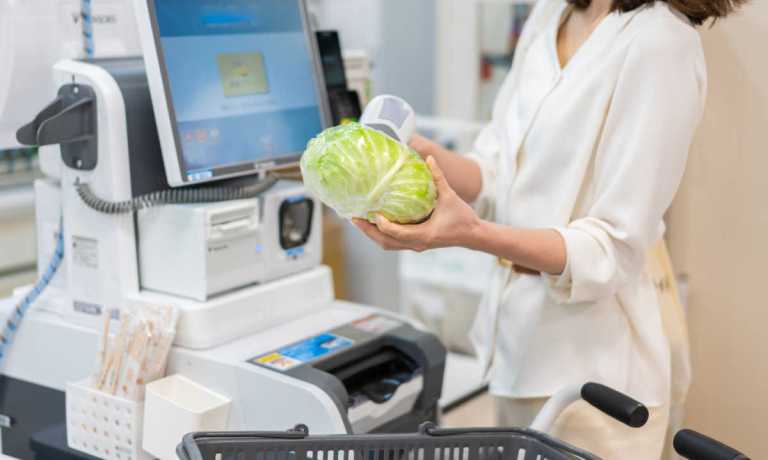Self-Service Confronts Big Issues to Meet Consumer Demand

Across restaurants, grocers and nongrocery retailers, self-service is gaining ground, and merchants are making smarter choices about how they apply it.
Take the restaurant industry, where a key concern is balancing efficiency and service. Bite, a self-service kiosk provider serving fast-casual, quick-service restaurants and convenience stores, announced in a Tuesday (April 9) press release that it has raised $9 million in its Series A funding round, highlighting the strong interest in such solutions for eateries.
“The restaurant industry is facing a very challenging environment, struggling to generate profits in the midst of an unprecedented labor shortage, rising minimum wages and cost inflation,” Bite CEO Brandon Barton said in the release. “Bite’s self-service kiosk software gives restaurants the tools to succeed in this environment, by leveraging our technology for tasks that can be digitized and reallocating labor to higher priority responsibilities.”
The company uses artificial intelligence to personalize consumers’ experiences when placing their orders, driving average check increases of 20%, according to the release.
Consumers, for their part, are open to self-service at quick-service and fast-casual restaurants, but less so at full-service eateries. The 2022 PYMNTS Intelligence study “The Digital Divide: Technology, the Metaverse and the Future of Dining Out” revealed that 51% of grab-and-go customers said ordering through a self-service kiosk would positively impact their satisfaction, while 20% of dine-in customers said the same.
For restaurants, there is such a thing as too much technology. The same study found that 39% of consumers said restaurants have become increasingly less personal, and 77% of restaurant customers said staff friendliness is the most important feature a restaurant needs to provide.
However, restaurants have one key advantage over grocers and nongrocery retailers when it comes to self-checkout: It is hard to pocket a restaurant meal that has not been prepared yet without paying. For other kinds of merchants, shrink has been a top-of-mind concern when rethinking their self-service technologies.
Target, for instance, is reportedly adding camera-based systems to its self-checkout registers to deter theft. The new technology detects items on scanners, alerts the shopper if an item is not scanned, and helps the company track the shopper if they fail to scan items even after being notified.
Meanwhile, Amazon is replacing its Just Walk Out technology at Amazon Fresh stores with its smart shopping cart, the Amazon Dash Cart. The high cost of the technology may have played a role, equipping a full-sized grocery store with computer vision technology versus smart carts, which only rely on the AI imaging and sensors in a much smaller area.
For Walmart’s part, reports last month showed the retail giant scaling back self-checkout, either limiting it to subscribers or making it a store-by-store decision.
“During these times of limited access, some stores are designating select self-checkout stations for Walmart+ customers using our Scan and Go service and Spark drivers for quicker access and delivery services,” a Walmart spokesperson told PYMNTS at the time. “This decision is intended to better manage checkout availability.”
These technologies are not only meant to reduce merchants’ labor costs — they also meet a consumer demand. Research cited in PYMNTS’ “Digital-First Banking Tracker® Series Report” showed that 84% of consumers in the U.S. said they enjoy using self-service kiosks, and two-thirds of individuals said they favor self-service models over staffed checkout lanes.
Plus, PYMNTS Intelligence’s “Big Retail’s Innovation Mandate: Convenience and Personalization” revealed that 60% of U.S. retailers thought consumers would be very or extremely likely to switch merchants if not offered self-service kiosks.
For all PYMNTS AI coverage, subscribe to the daily AI Newsletter.